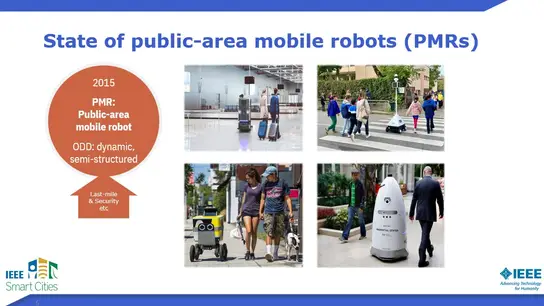-
Members: FreeSponsoring Society
IEEE Members: $11.00
Non-members: $15.00Length: 1 hour
19 Jan 2022
In the context of making urban living more safe, secure and environmentally sustainable, we focus on environment governance, public safety, city planning, industry facilitation, resource utilization, energy conservation, traffic control, telemedicine, homecare, interpersonal communications, social activities and entertainment. In order to materialize some of IEEE’s humanitarian goals, this lecture will also focus on how some of the lessons learned from the IEEE Smart City program can be used in the IEEE Smart Village initiative.A smart city relies on widely distributed smart devices to monitor the urban environment in real-time, collects information for intelligent decision making, and facilitates various services to improve the quality of urban living. The distributed network of intelligent sensor nodes, as well as data centers/clouds where sensor data are stored and shared, constitutes a smart city infrastructure. Participatory sensing plays an indispensable role in emerging initiatives of a smart city, which retrieves sensor data from groups of people or communities. The proliferation of personal mobile devices and development of online social networks make participatory sensing viable at a large scale but introduce many open problems at the same time. Smart cities address urban challenges such as pollution, energy efficiency, security, parking, traffic, transportation, and others by utilizing advanced technologies in data gathering and communications interconnectivity via the Internet. It provides real time and remote monitoring for different aspects of data management in areas such as transportation, communication, video surveillance, and sensors distributed throughout the city.


